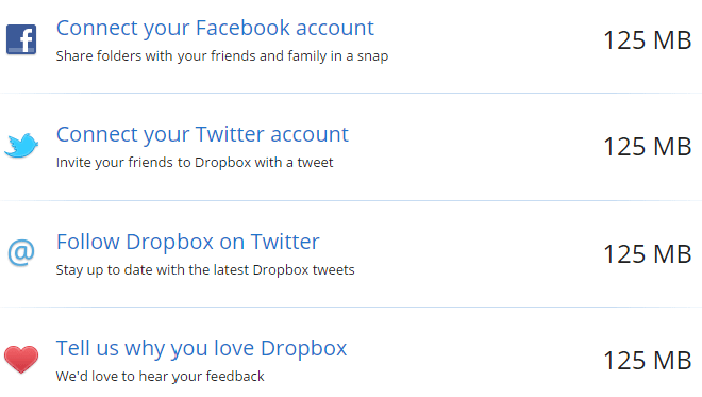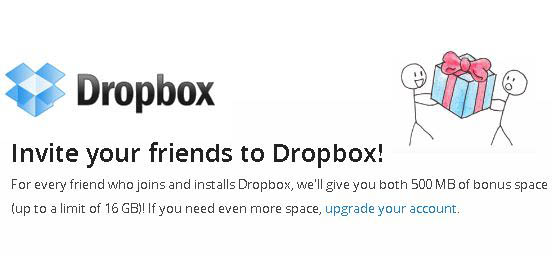1. The Experience
Is there an experience designed for your users? Is every step that they’re going through not only thought of but built so as to handle every objection that they might have at that very moment? Mind you, every user flow has to be treated individually.
As soon as a system is put in place that answers the questions “what experience are we building for our user?”, the rest of the road seems to be paving by itself. It is, however, a fundamental step to decide upon this strategy.
God apparently created the universe in 7 days but no one ever said how much he strategised the universe “experience” beforehand.
If we are to keep a biblical atmosphere, I’d say she spent an eternity on doing that, something that’s incomprehensible for us.
Take your user by the hand. You decide where he goes, what she does, how they do it. With their consent. Give them reasons to emerge themselves in your product.
2. Objection Handling
When was the last time you talked to your power user? And I’m not talking about that mental portrait you’ve drawn really fast because you’ve read in a business book that that’s good practice.
I’m talking about actually communicating to him – engaging with him, seeing what more can be done. Most people who do that stop here – at most, they tell some other people in the company or put a mental note on “I’ll handle that later”
Remember the prove it to me with actions, not words thing? How about answering to these objections through the actual offering? I.e. coming in there to answer an objection like “I didn’t really get what you guys do in the first seconds” with a self-identifying statement in the first panel of your website. It doesn’t have to be as simple as “We help X with Y” but make sure the question is answered.
Another example:
This one is very common) – “It’s cool, it will definitely help people” when in fact the exact person who’s saying that is the part of the “people” that are helped. If he or she didn’t make that connection, write their name on your website. No, not “for John”. Maybe:
- for Video Producers
- for students
- for depressed people
- designed for the modern philosopher
Or whatever they call themselves.
3. Catching Net
Shooting with a rifle through a barrel full of fish is easier than shooting at the ocean. Are you creating bait for that small barrel which becomes the niche you’re helping? Or are you answering the “who are your customers?” question by shooting as wide as possible and saying “oh, everybody”
Solving a problem for businesses through a SaaS is nice. Solving a problem for businesses through a SaaS is a dream when you’re leading and building your tribe. Talk to them, give them a reason to listen to you and you’ll see the magic of more and more people talking about your offering and converting. Not only that, but also a bonus from the heavens (I’m feeling religious today) – a lower customer churn rate.
In practice: a blog, a keynote, an event held by you etc. – wherever these power users spend their time and feel delighted. Constant communication
4. Constant Communication
Alas, customer churn is not tied only to getting users. It’s about keeping them. Having loyal (power) users helps up to a degree. Back to the barrel analogy, you might have baited them but what keeps them there. In a bad case scenario, it’s like an overnight celebrity who loses its momentum, hence the “15 minutes of fame” expression.
Constant communication means a gift box with two gifts. Number one: relentless refinement, meaning you’re pursuing to make the offering as good as possible. Number two: your barrel gets larger and larger, slowly but surely. Sign me up for this 2 in 1 offer please!
5. Word of Mouth
Product’s so good, people recommend their friends who have common interests. WOM is simply a side-effect of the other points but that doesn’t mean one doesn’t have to do anything else.
Social media share links? That’s okay, it won’t hurt but it’s meh.
A bigger system put in place? Yes please. Is part of the experience you’ve built for your user including anything about telling their friends about it? And if you’re forcing them to do that in order to use a benefit, that’s not an experience. That’s just forcing it. Remember, just like noted earlier in this article, it’s about taking their hand and showing them what to do but with consent.
An elegant example for its period of time is Dropbox. I’m pretty sure Dropbox might have been nothing had they not had this element of their experience in their offering illustrated below:


It’s not as powerful today but back in the day it was the thing. I’m estimating that if they didn’t have this system put in place, they’d have been overtaken by big companies at a later moment when they’ve realised how big cloud was.
6. Compoundedness
First time you’ve learned about compounded value you sensed a good feeling. First time you’ve applied this compounded value concept to a financial example it made a lot of sense.
You’re charging monthly – is the product getting better? Is that strategy system described above put in place to facilitate value delivery growth as well? In other words, to make the SaaS offer more and more value to your power user?
They either don’t expect compounded value or they do up to a degree. Blow their expectations and they’ll fall in love.
About Ch Daniel
I run chagency, an experiences design agency that specialises on helping tech CEOs reduce user churn. We believe experiences are not only the reason why users choose not to leave but also what generates word of mouth. We’re building a credo around this belief.
I’ve also created an infinitely-valuable app for sneaker/fashion enthusiasts called Legit Check that impacted hundreds of thousands over millions of times – check it out at chdaniel.com/app
Please share this with someone and subscribe to our newsletter!— helps us keep pumping content?




